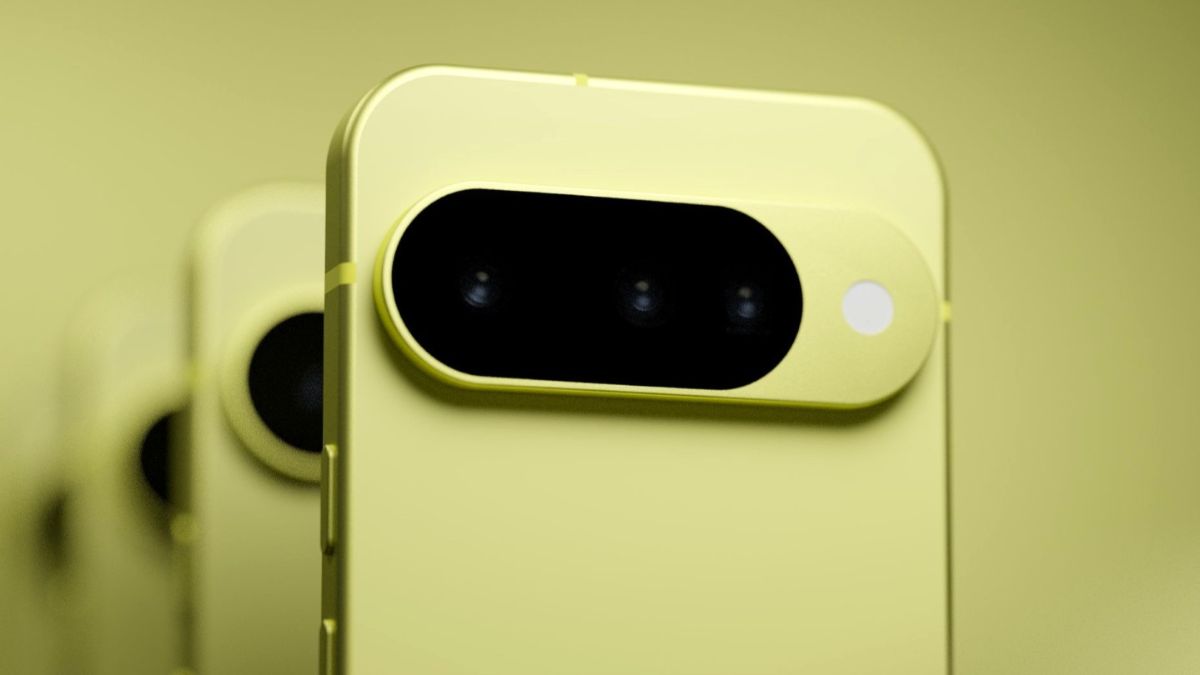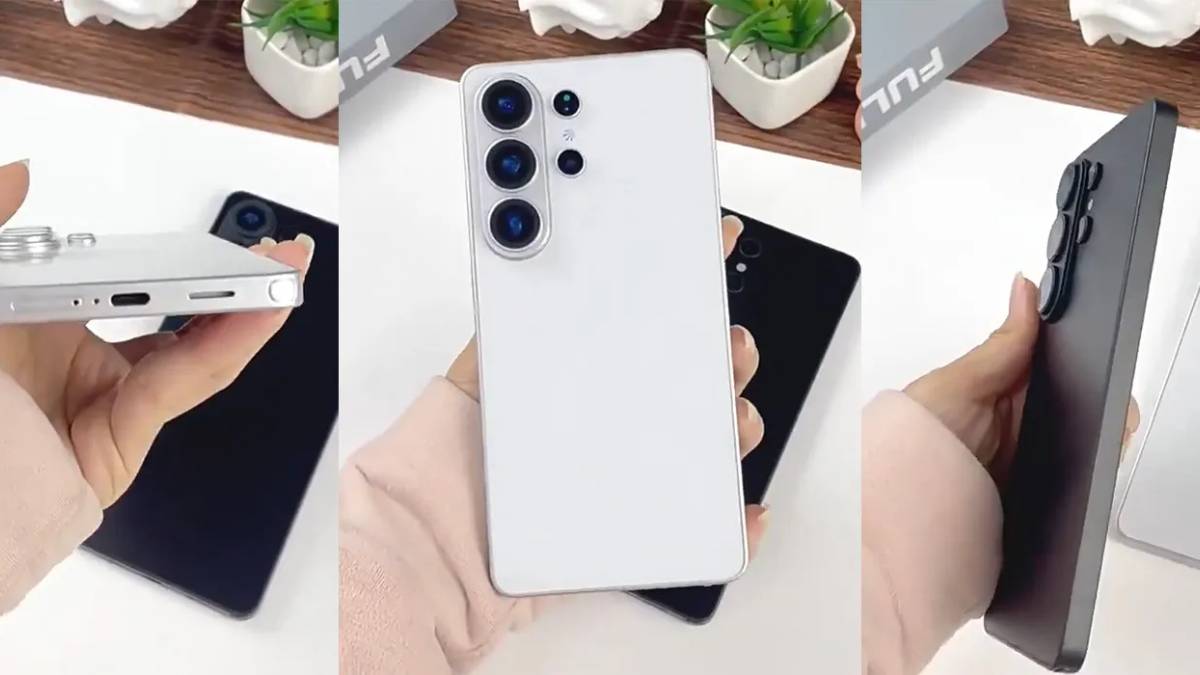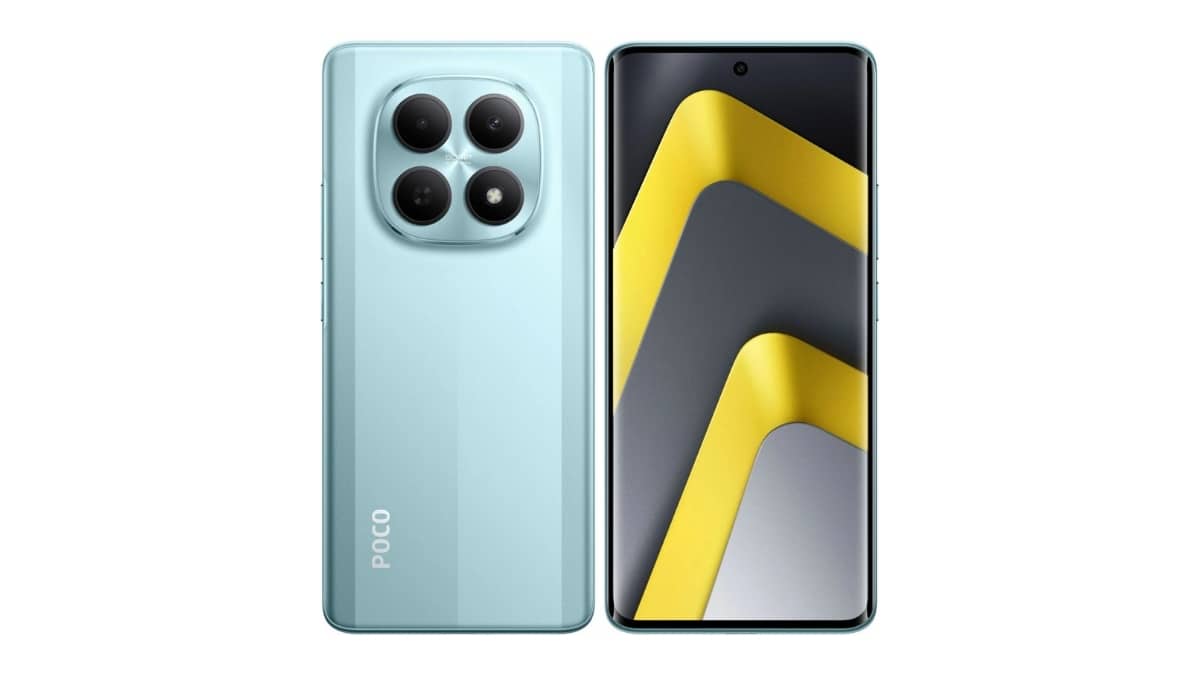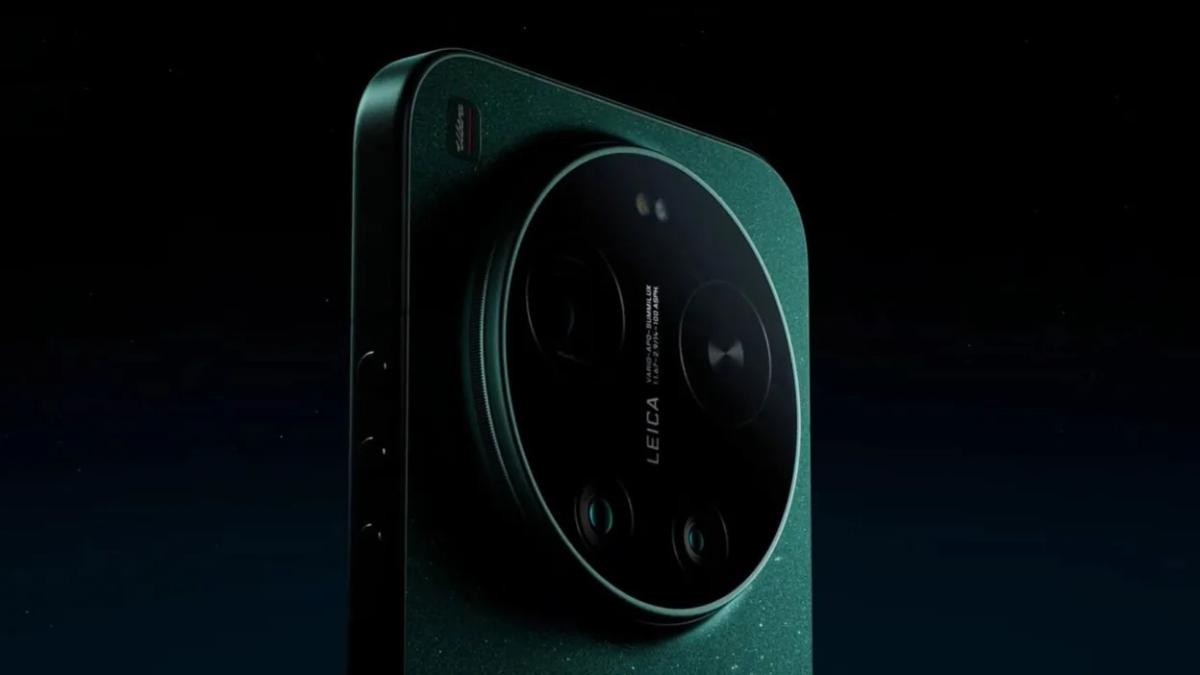Many modern high-end smartphones already have the technical ability to support 320-megapixel (MP) cameras, yet no phone currently offers such a sensor. This surprising fact comes from the latest chipsets, which include support for 320MP cameras—but the smartphone industry has yet to adopt these ultra-high-resolution sensors.
Leading chipmakers like MediaTek, Samsung, and Qualcomm have enabled 320MP camera support in their recent flagship processors. For example, MediaTek’s Dimensity 9000 and newer chips, Samsung’s Exynos 2400, and Qualcomm’s Snapdragon 8 Elite all support 320MP sensors. This means phones like the OnePlus 13, Samsung Galaxy S25 series, and vivo X200 Pro could theoretically use these cameras.
However, the main reason we have not seen 320MP cameras in phones yet is that no major sensor manufacturers have released such camera modules. Samsung Semiconductor is reportedly working on 320MP sensors, but there has been no official launch so far.
Samsung has expressed ambitions to create a camera sensor matching the resolution of the human eye, around 600MP. The 320MP sensor would be an important step toward this goal.
It is also important to note that current chipsets offer only basic support for 320MP images, without advanced image processing features. Previous experience with 200MP photos shows that ultra-high megapixel counts do not always guarantee better picture quality, so 320MP images might face similar challenges.
Despite these hurdles, the fact that top chipmakers support 320MP cameras suggests it is only a matter of time before phones with such sensors appear on the market.
















